
UDK: 616-091.814
S. V. Poroyskaya, Yu. A. Makedonova, S. N. Tabulda, O. S. Alnikina
Волгоградский государственный медицинский университет, кафедра патологической анатомии; Волгоградский медицинский научный центр; Лаборатория моделирования патологии
In the era of modern technology in the dental market presents a wide variety of bonding systems. When dentin is impregnated with an adhesive system, histological changes occur, affecting both the dentin itself and the durability of restorations. The Clinician should clearly understand the morphological changes of dentin under the influence of bonding systems of different generations, in order to choose the right primer depending on the clinical situation in the oral cavity. This paper describes the changes occurring in the dentin. The experiment was performed on the removed teeth using modern adhesives. After bonding dentin in the lower part of the hybrid layer remain exposed some collagen fibers as a result of incomplete impregnation with resin demineralized dentin matrix. Open collagen fibrils can be hydrolyzed by dentin matrix metalloproteinases (MPP), which can lead to decreased bond strength. Most MMPs are synthesized and released from odontoblasts in the form of Pro-enzymes activated by the demineralization of the extracellular matrix. They can be activated under the influence of modern both self-etching and traditional adhesives. New adhesive systems should provide reliable inhibition of MMP in order to preserve the integrity of the hybrid layer and improve bond strength in adhesive restorations.
adhesive system, dentin, collagen, structure, changes